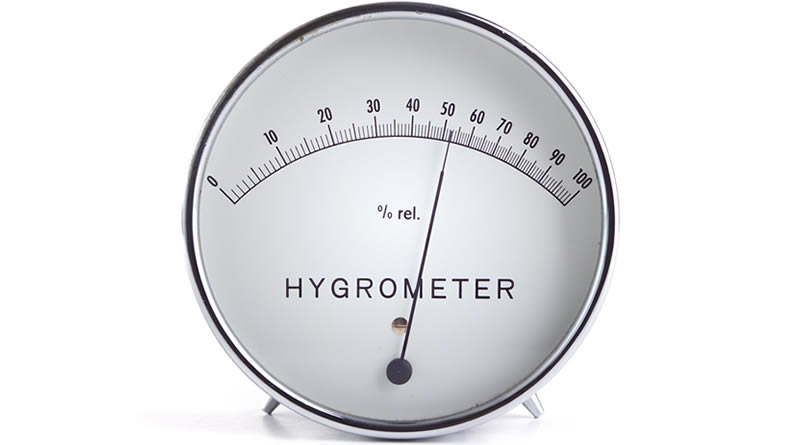Controlling Indoor Humidity: Importance and Tips
Maintaining optimal indoor humidity levels is crucial for a comfortable and healthy living environment. In this article, we will explore the significance of controlling humidity in our homes and provide practical tips on how to achieve it.
The Importance of Controlling Indoor Humidity
Indoor humidity refers to the amount of moisture present in the air within our homes. It plays a vital role in our overall well-being and the condition of our living spaces. Here are a few reasons why controlling indoor humidity is important:
- Comfort: High humidity levels can make us feel sticky, sweaty, and uncomfortable, especially during hot and humid weather. On the other hand, low humidity can cause dryness, leading to skin irritation, respiratory discomfort, and static electricity buildup.
- Health: Excessive humidity promotes the growth of mold, mildew, and dust mites, which can trigger allergies and respiratory problems. It also provides an ideal breeding ground for bacteria and viruses. Conversely, extremely dry air can contribute to dry skin, irritated sinuses, and increased susceptibility to respiratory infections.
- Structural Integrity: High humidity levels can lead to condensation on windows, walls, and ceilings, which can result in mold growth, peeling paint, and damage to wooden furniture or structures. Conversely, low humidity can cause shrinkage and cracking of wooden materials, including floors and furniture.
Tips for Controlling Indoor Humidity
Now that we understand the importance of maintaining proper humidity levels in our homes, let’s explore some effective strategies to control indoor humidity:
- Use Dehumidifiers: Dehumidifiers are appliances designed to reduce moisture levels in the air. They extract excess humidity and collect it in a reservoir for disposal. Dehumidifiers are particularly useful in humid climates or areas prone to moisture accumulation, such as basements or bathrooms.
- Proper Ventilation: Good ventilation helps to circulate air and prevent the buildup of excess moisture. Open windows and use exhaust fans in kitchens, bathrooms, and laundry rooms to remove humid air and bring in fresh, drier air from outside.
- Fix Leaks and Insulate: Moisture intrusion through leaks in pipes, roofs, or windows can contribute to high indoor humidity. Regularly inspect and promptly repair any leaks or water damage. Proper insulation of walls, floors, and roofs can also help prevent moisture infiltration.
- Monitor Indoor Plants: Indoor plants release moisture through a process called transpiration. While plants contribute to a healthier indoor environment, they can also increase humidity levels, especially when overwatered. Be mindful of the number and types of plants in your home, and adjust watering routines accordingly.
- Utilize Air Conditioners: Air conditioners not only cool the air but also dehumidify it. Set your air conditioner to a comfortable temperature and ensure it is sized appropriately for your living space. Regular maintenance of air conditioning units is essential to maintain their dehumidifying capabilities.
- Use Moisture Absorbents: Silica gel packets, moisture-absorbing crystals, or desiccants can be placed in areas prone to high humidity, such as closets, cabinets, or storage spaces. These materials absorb excess moisture and help maintain optimal humidity levels.
By implementing these practical tips, you can effectively control indoor humidity levels, creating a more comfortable and healthier living environment for you and your family.
Remember, maintaining proper humidity is a balance. It is recommended to keep indoor humidity levels between 40% and 60% for optimal comfort and health. Regularly monitor humidity levels using a hygrometer and adjust your strategies accordingly.
Please note that while controlling indoor humidity is important, it is also essential to consider individual preferences and specific requirements. Factors such as climate, home design, and personal comfort levels may influence the ideal humidity range for different individuals.
Remember, a well-balanced indoor humidity level not only enhances your comfort but also promotes better air quality and protects your home from potential damages caused by excessive moisture or dryness. By following the tips outlined in this article, you can take proactive steps towards maintaining a healthy and enjoyable living space.
We hope you found this article informative and helpful. Stay tuned for more insightful content on creating a harmonious and comfortable home environment.




